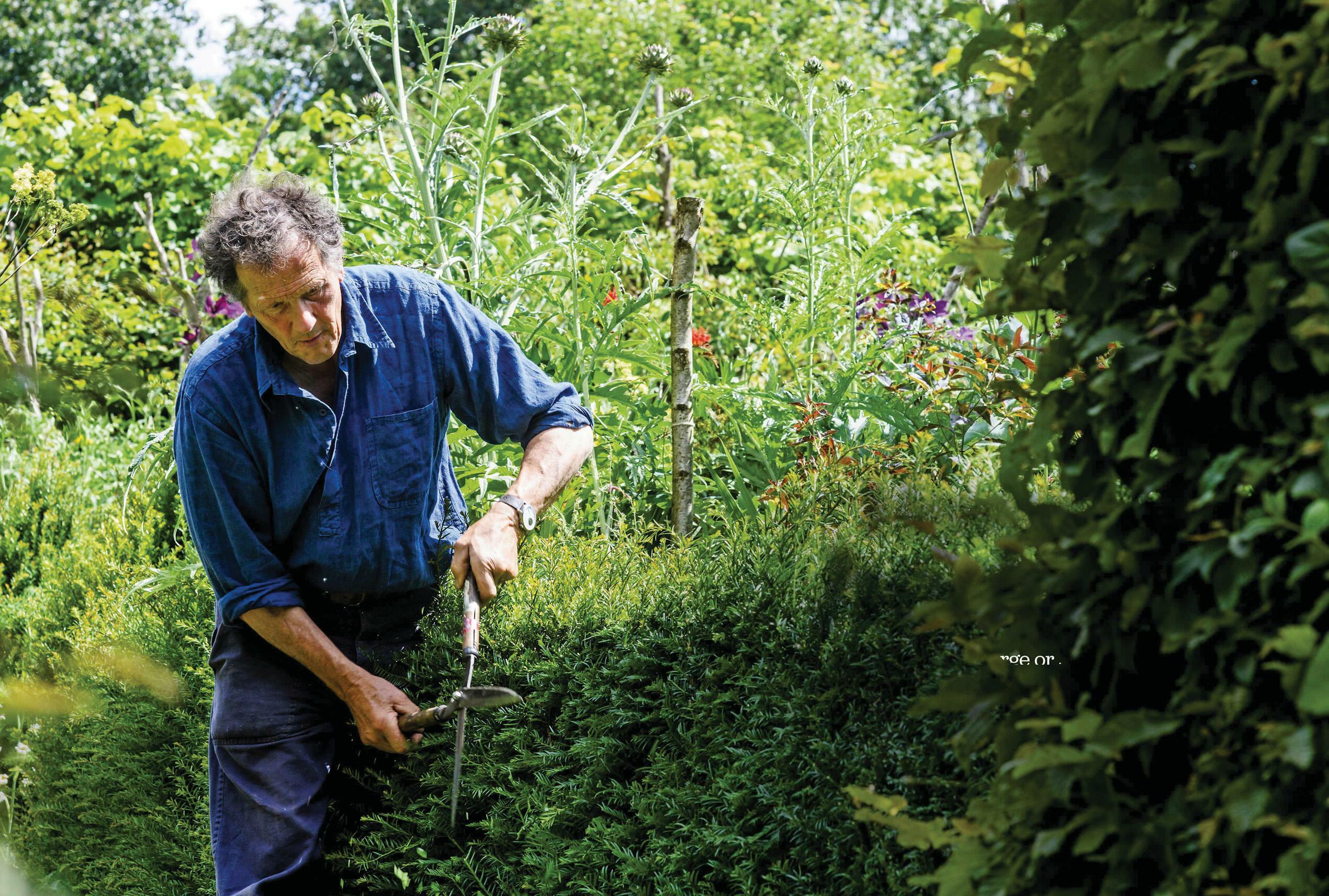Heavenly hedges

I love all hedges. At their best they create magnificent living sculpture in gardens, while at their worst even the scruffiest hedge provides ideal nesting and cover for birds, insects and small mammals. Hedges baffle the wind far better than any fence or wall, filtering and sluicing it through their mesh of branches, and create microclimates that can transform the range of plants a garden can contain. Their shade is usually benign and protective and, not least, they provide the privacy that every garden must have if it's to be fully enjoyed.
But the thing I like most about hedges is the spaces they create. It is a truism worth repeating that the best bits of any garden are the spaces between plants. While these can be explored with infinite variety and subtlety in a border filled with glorious flowers, nothing in a garden so deliberately cossets space as a fine hedge.
Walls come close, but very few walls have the volume of a hedge or the adaptability to swoop, curve or billow with elegance - let alone explode with a flurry of sparrows as you pass. A hedge, for all its fresh-cut crispness, retains the anarchy of growth and change that is the pulse beneath the surface of even the most rigidly tamed garden.
Our garden in London in the 1980s didn't have a single hedge - we were hedgeless in Hackney. But we did have walls all round (the one on the south-facing side being astonishingly high and lovely) and we built another right across the garden to divide it. The spaces were made, but entirely in brick and stone. Was that a city thing? Or, to flip the question, are hedges more suited to rural gardens? No, and no. Although I liked that garden very much-loved it even - it was a missed opportunity. If I were doing it again, I'd have built those blocks of air with the softness of hedges.
Long divisions
Denne historien er fra October 2023-utgaven av BBC Gardeners World.
Start din 7-dagers gratis prøveperiode på Magzter GOLD for å få tilgang til tusenvis av utvalgte premiumhistorier og 9500+ magasiner og aviser.
Allerede abonnent ? Logg på
Denne historien er fra October 2023-utgaven av BBC Gardeners World.
Start din 7-dagers gratis prøveperiode på Magzter GOLD for å få tilgang til tusenvis av utvalgte premiumhistorier og 9500+ magasiner og aviser.
Allerede abonnent? Logg på

Get on top of weeds early
Give your garden plants more chance to flourish by having a purge on weeds competing for space and nutrients.

Shape up your viburnum
Remove any weak or crossing stems on viburnums in early summer, after flowering is over

Make more penstemons
Now is a good time to take cuttings of healthy, soft, new growth on penstemons.

Tales from Titchmarsh
It may seem that we gardeners can't sit still for more than a minute, but it’s only because being busy is so very relaxing

The art of crops in pots
Get the most out of a small space by growing edibles that also work as colourful ornamentals. Lucy Bellamy shares her inspiring containers for the summer
Gardeners' Question Time
Our experts tackle your queries, offering pomegranate-growing tips, aphid advice, recommended roses and a bug-hotel cleaning regime

Three perfect pairs
There are so many combinations you could experiment with, but I've picked these three duos for colours that work beautifully together, their incredible climbing power and blooms that keep on coming until autumn.

Strawberry jam
While it’s hard to resist eating strawberries as I'm picking them, those that make it home are often served simply with cream.

A wildlife retreat
You don't need a huge space to welcome a wide range of wildlife to your garden, as Katrina Roche's small urban garden proves. By maximising your space, you can create habitats for birds, bees, pond life and other creatures

Garden globetrotting: Nevada
With majestic parks, spectacular scenery and plants in unexpected places, Kevin Smith discovers that there is more to the US state of Nevada than first meets the eye
